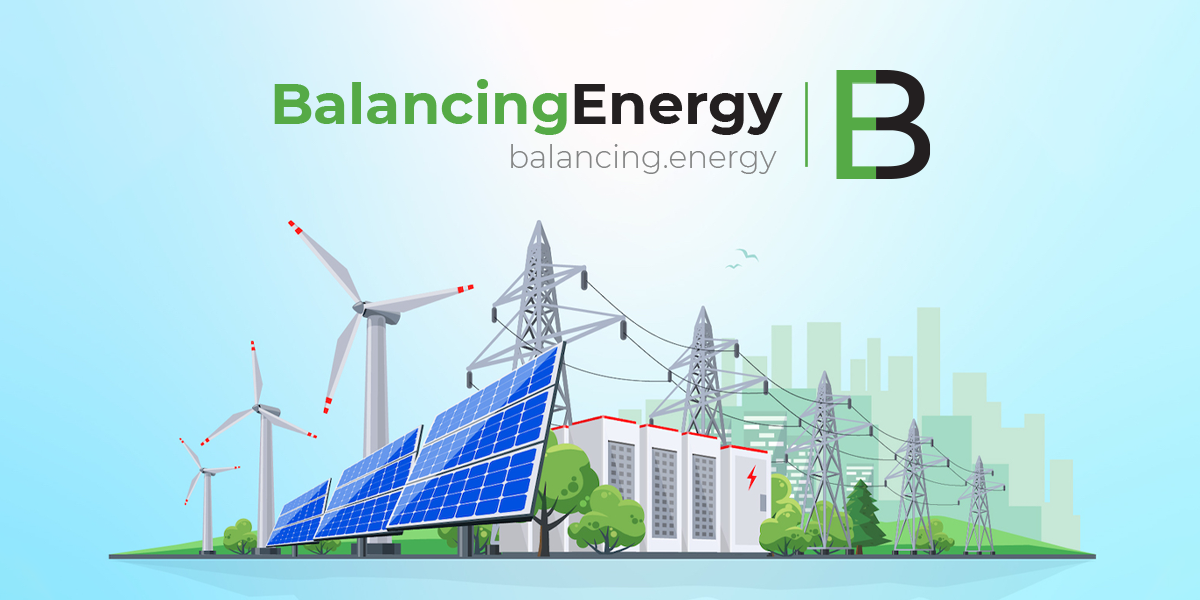All European countries’ energy and climate plans emphasize the importance of energy storage, particularly batteries, as crucial for decarbonization and the growth of renewable energy. While there’s consensus on the necessity of energy storage, not all countries have established concrete targets for installed capacity by 2030. A key factor influencing the competitiveness of renewable projects against traditional energy sources is the Levelized Cost of Electricity (LCOE) for storage technologies, which has halved in the past year.
Spain and Portugal stand out as exceptions; both nations not only prioritize energy storage but also set quantified targets. Currently, pumped hydro plays a significant role in both countries, and its capacity is expected to expand in the coming years.
In the latest update of the Spanish National Energy and Climate Plan (NECP), storage capacity is projected to reach 9.5 GW from pumped hydro and 9.4 GW from batteries, alongside an additional 3.6 GW from solar thermal power plants. Similarly, the draft update of Portugal’s NECP aims for 1 GW of installed battery capacity by 2030.
Ambitious and achievable targets
The emphasis on batteries is particularly striking. Spain’s target for battery storage exceeds 9 GW by 2030. However, current figures show a greater interest in battery projects, with over 10 GW already receiving access and connection permits from Red Eléctrica, and an additional 8 GW in development. Although not all projects will materialize, this suggests that the 9.4 GW target for 2030 is well within reach.
With the growing demand for grid access for battery projects, the outlook for 2030 appears optimistic. Energy storage is becoming a central component in the transition to renewable energy and decarbonization, positioning the sector to tackle upcoming challenges.
Hybridization of renewable energy and battery storage
A recent webinar emphasized the growing trend of hybridizing batteries with renewable energy generation. This approach allows for energy storage directly at the production site, minimizing losses and easing strain on electricity infrastructure.
Hybridization not only optimizes renewable energy use but also provides more efficient technical and economic solutions. According to AleaSoft Energy Forecasting, most battery projects initiated in 2024 by AleaStorage are hybrids that combine solar and wind energy with battery storage, including installations that allow for charging from both the plant and the grid.
Impact of hybridization on Power Purchase Agreements (PPAs)
Integrating battery storage with renewable energy plants can significantly influence the terms of Power Purchase Agreements (PPAs). Currently, many PPAs operate under a pay-as-produced model, shifting most supply risk to the buyer. However, by incorporating batteries, energy producers can offer more stable supply profiles, closer to baseload energy, which is preferred by offtakers.
This integration enables energy producers to negotiate better PPA terms and ultimately achieve higher prices. Although hybridization incurs higher upfront costs and capital expenditures, these are balanced by increased profits and a higher internal rate of return (IRR), making it an appealing option for the industry.
AleaStorage also offers forecasting services that quantify the benefits of integrating storage into renewable projects. Additionally, AleaHub operates a PPA marketplace, connecting offtakers with renewable energy projects to facilitate favorable transactions in a rapidly expanding market, according to AleaSoft.










